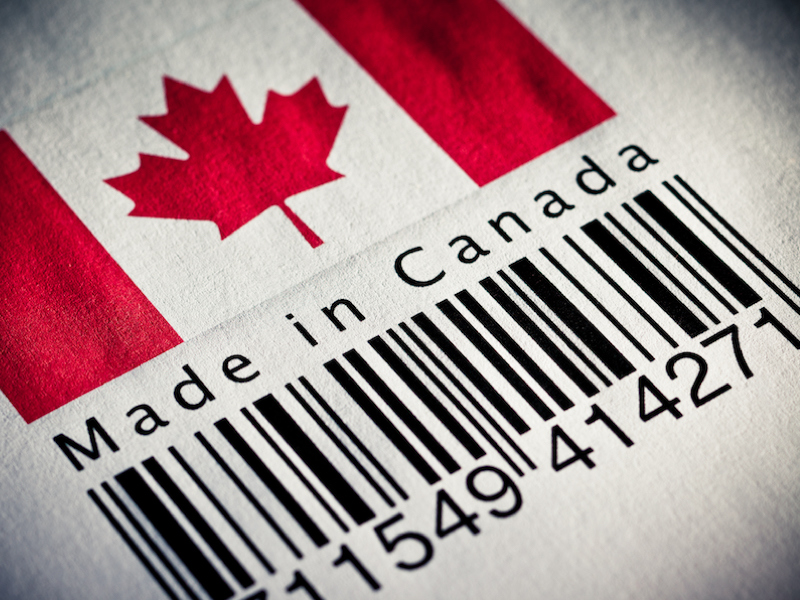
Incoming U.S. president Donald Trump’s threats to use “economic force” against Canada and its industries are sparking worry and disbelief.
Speaking at a press conference Tuesday, Trump said he could use economic levers to push Canada toward becoming part of the United States, while also once again raising issues with the trade deficit and saying the U.S. doesn’t need to buy Canadian lumber, dairy or automobiles.
Flavio Volpe, president of the Automotive Parts Manufacturers’ Association, said Trump’s comments show he doesn’t understand how interconnected the Canada-U.S. auto business is.
Trump has threatened to impose a 25% tariff on goods coming in from Canada and Mexico, citing border security concerns.
Volpe said the threat is madness and would lead to immediate pushback by U.S. automakers and their shareholders through court action and other means.
Trump’s wider comments about Canada becoming part of the U.S., along with his statements about seizing the Panama Canal and Greenland, show he wants to sow chaos, Volpe said.
“I mean, what are we talking about?” he said.
He said the threats raise issues bigger than the Canadian parts sector and the automotive sector itself.
“This is much, much bigger than a tool maker in Windsor or a blow-moulded plastic supplier in Markham,” Volpe said.
“Some men just like to watch the world burn, and I think he’s one of them.”
Trump on Tuesday characterized the U.S.’s trade deficit with Canada as a subsidy, a comment he’s made before.
“We don’t need anything they have,” he said.
“We have more than they have.”
Mount Royal University political scientist Duane Bratt said Trump’s comments demonstrate that he doesn’t understand trade.
“(Trump) sees it like a balance sheet. If they don’t need Canadian goods, why would they keep buying Canadian goods? It’s not a subsidy,” Bratt said.
“Why do Americans buy so many Canadian products in the hundreds of billions of dollars? Because the product is good, or the price is good, or some combination of the two.”
Canada’s best strategy for now is to take a “wait and see” approach publicly, while avoiding any threats of retaliation, said Fen Hampson, an international affairs professor at Carleton University and co-chair of its expert group on Canada-U.S. relations.
He said Canada benefits when it remains below the radar.
“This is something we have not been good at; not to rise to the bait, tempting though it is,” Hampson said.
“When you’re the smaller party, you don’t make threats, which first of all aren’t going to be credible because the big guy can stomp on you like a mess. So we’ve got to be a lot more nimble, we’ve got to be a lot smarter and our Prime Minister should keep his mouth shut.”
Prime Minister Justin Trudeau responded to Trump’s comments on Tuesday by saying, “there isn’t a snowball’s chance in hell that Canada would become part of the United States.”
“Workers and communities in both our countries benefit from being each other’s biggest trading and security partner,” Trudeau added in a social media post.
Even as he advised caution for now, Hampson said Canada should stay ready to respond with targeted measures of its own in case Trump doesn’t move from his current rhetoric once he takes office. Hampson suggested that might mean responding by placing tariffs and embargoes on products such as California wine or Tennessee whiskey.
The federal government could also tax digital services Canadians frequently use such as Netflix, Amazon or Uber, or go after the U.S. tourism sector by taxing those who vacation in sunny destinations like Florida or California during the winter months.
“They’re going to take notice of that, particularly in Trump’s home state, where Canadians are a major contributor to the local economy,” said Hampson.